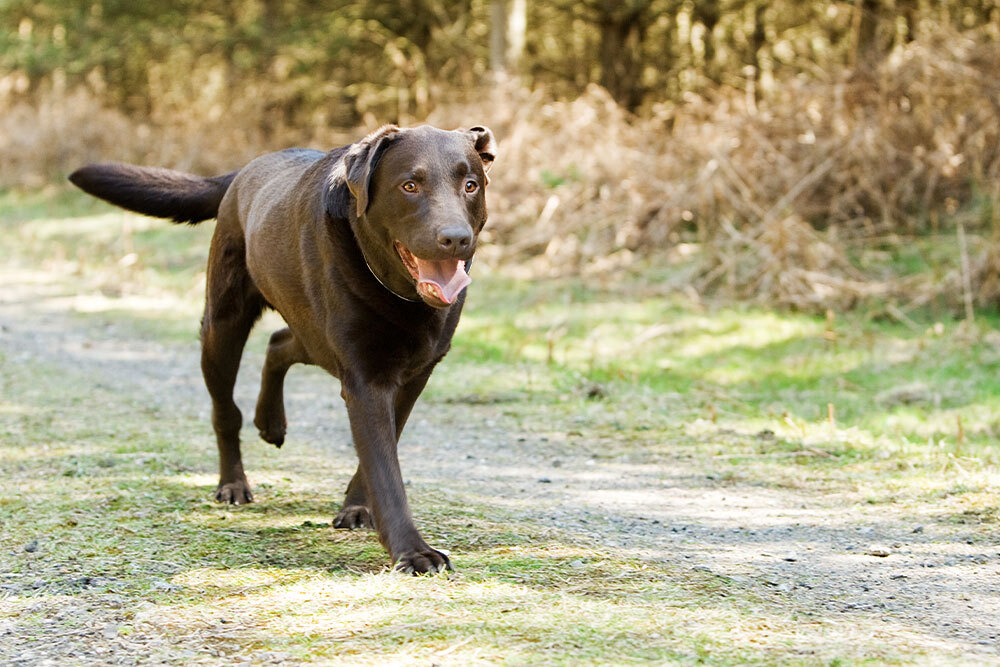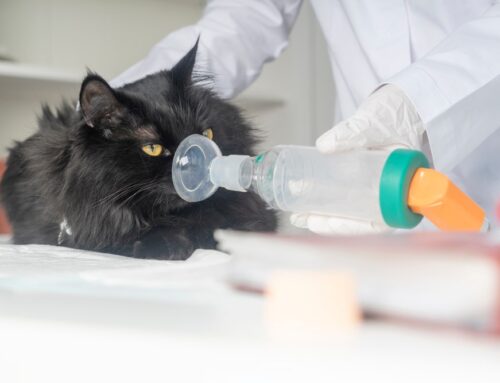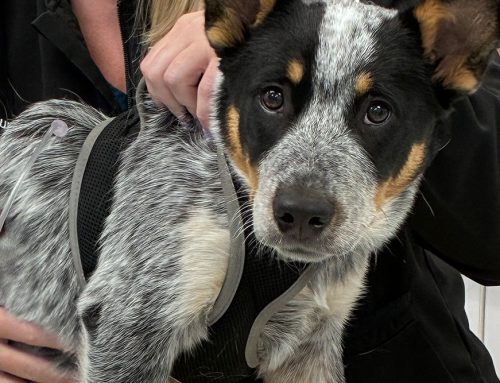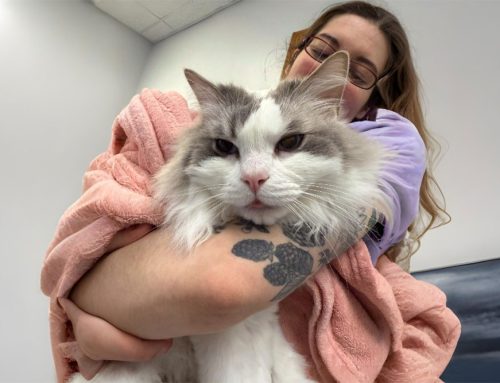Seeing your pet suddenly limp or favor a leg can be both alarming and heartbreaking. Whether it comes on gradually or appears after a sudden yelp during play, limping often raises urgent questions: Is it serious? Should I wait and monitor—or head straight to the emergency vet?
At Animal Urgent Care of Oconomowoc, we know how stressful it can be to see your dog or cat in pain. That’s why we’re here to help you understand what limping means, how to evaluate the severity, and when it’s time to seek immediate care.
What Does Limping Really Mean?
Limping, also referred to as lameness, is any change in your pet’s normal gait or posture—whether it’s a subtle stiffness in the morning or refusal to bear weight on a limb. It’s a clear signal that something’s wrong, and your pet may be trying to protect themselves from pain, discomfort, or instability.
Common Causes of Limping in Pets
Limping can stem from a wide range of issues, from mild irritations to serious injuries. Understanding potential causes helps determine urgency and treatment options.
Injuries & Trauma
- Sprains, strains, or fractures from falls, rough play, or accidents
- Torn ligaments, such as a cranial cruciate ligament (CCL) tear
Canine Cruciate Ligament Injury – Colorado State University
Degenerative Conditions
- Osteoarthritis, especially in senior pets
- Hip or elbow dysplasia, which can cause chronic or intermittent lameness
Hip Dysplasia: Surgical Options & Timing – Today’s Veterinary Practice
Infections or Inflammation
- Lyme disease or joint infections like osteomyelitis
Surface Injuries
- Cracked nails or paw pad injuries
- Foreign objects (e.g., thorns or foxtails) lodged in the paw
Why Limping Should Never Be Ignored
Limping isn’t just an inconvenience—it’s your pet’s way of telling you they’re in pain. Left untreated, even minor limps can evolve into more serious conditions, including:
- Chronic joint instability
- Long-term mobility issues
- Behavioral changes due to prolonged discomfort
Delaying care could also lead to compensatory injuries, where your pet puts extra strain on other limbs or joints.
Explore more on pain-related conditions at The Why and the “Ow”: 7 Conditions That Cause Pain in Pets – AAHA
How to Recognize If Limping Requires Urgent Vet Attention
Not all limping is an emergency—but some signs mean you shouldn’t wait. Here’s how to tell:
Subtle Signs
- Reluctance to jump, play, or go upstairs
- Shortened strides or stiffness after rest
- Changes in personality—withdrawal, irritability, restlessness
Urgent or Severe Signs
- Complete refusal to bear weight on a leg
- Swelling, heat, or obvious joint deformity
- Signs of trauma (e.g., bleeding, limping after a fall or accident)
- Yelping or crying when touched
- Sudden onset limping that doesn’t improve within 24 hours
For additional help spotting discomfort, see What’s Wrong? Common Pet Pain Signs – AAHA
What Happens During a Veterinary Exam for Limping
When you bring your pet to Animal Urgent Care of Oconomowoc, we take a methodical and compassionate approach to diagnosing the problem:
- Physical Exam: We assess gait, palpate limbs and joints, and check for heat, swelling, or asymmetry.
- Imaging: X-rays can identify fractures, arthritis, or joint abnormalities. For soft tissue injuries, we may recommend advanced imaging like CT or MRI.
Treatment Options: From Conservative Care to Surgery
Once the cause is identified, your vet will outline a treatment plan tailored to your pet’s condition and comfort level.
Non-Surgical Management
- Rest & Restricted Activity: Essential for healing soft tissue injuries
- Pain Relief: Anti-inflammatory medications (NSAIDs), prescribed under veterinary guidance
- Joint Supplements or Physical Therapy: For managing chronic issues like arthritis
Surgical Intervention
- Fracture Repair or Ligament Reconstruction: Recommended for severe injuries
- Joint Stabilization Procedures: For dysplasia or advanced degeneration
Post-treatment rehabilitation can be an important part of your pet’s long-term recovery and quality of life.
At-Home Support While You Await Care
Whether you’re waiting for a scheduled appointment or managing a minor injury at home, here are a few tips:
- Limit Activity: Avoid stairs and jumping; consider crate rest for dogs if advised
- Soft Surfaces: Provide padded bedding to reduce pressure on joints
- Short Leash Walks: If permitted, keep movement minimal and controlled
- No Human Meds: Never administer human painkillers—they can be toxic to pets
Risks of Ignoring Limping in Pets
Even if your pet seems to improve, untreated limping can have lasting effects:
- Worsening joint damage
- Muscular atrophy from disuse
- Behavioral signs of chronic pain (aggression, depression)
- Reduced activity and overall wellness
Early evaluation helps prevent small issues from becoming life-altering problems.
Prepare for Your Vet Visit
Bringing a few key items can help your veterinarian make the most accurate diagnosis:
- A timeline of when symptoms started
- Videos of your pet limping (especially helpful if they stop limping at the clinic)
- List of current medications, supplements, or recent injuries
- Any previous diagnostic records or imaging
FAQs: Limping in Dogs and Cats
Is limping always a sign of something serious?
Not necessarily. Some minor injuries resolve with rest, but a vet exam is the safest way to rule out serious conditions.
Can I give my pet ibuprofen or acetaminophen?
No—these medications can be harmful, especially to cats. Always consult a veterinarian for pain relief.
Should I wait to see if the limp improves?
If limping persists for more than 24–48 hours, or is accompanied by swelling or inability to bear weight, seek veterinary care promptly.
Your Pet’s Comfort Is Our Priority
At Animal Urgent Care of Oconomowoc, we know how much your pet means to you. When limping strikes unexpectedly, you shouldn’t have to guess whether it’s serious. Our experienced team is here to provide clarity, support, and expert care—whether your pet needs rest and medication or advanced treatment.
If you’re concerned about your pet’s limp, contact us today.








Leave A Comment